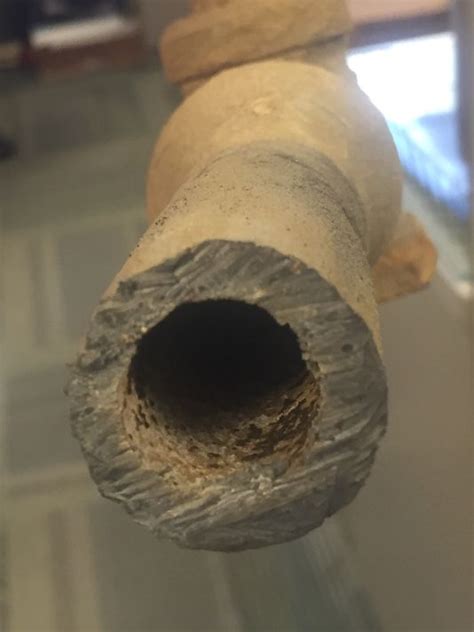The U.S. Environmental Protection Agency (USEPA) announced a proposed rule that significantly improves the actions that water systems must take to reduce lead in the nation’s drinking water. The announcement represents the first major overhaul of the Lead and Copper Rule since 1991 and marks a critical step in advancing the Federal Action Plan to Reduce Childhood Lead Exposures.
“By improving protocols for identifying lead, expanding sampling, and strengthening treatment requirements, our proposal would ensure that more water systems proactively take actions to prevent lead exposure, especially in schools, child care facilities, and the most at-risk communities. We are also working with the Department of Housing and Urban Development to encourage states and cities to make full use of the many funding and financing options provided by the federal government,” said Andrew Wheeler, USEPA Administrator.
In conjunction with the announcement, the USEPA and Department of Housing and Urban Development (HUD) launched a new website that summarizes available federal programs to help finance or fund lead service line (LSL) replacement. The new resource also includes case studies demonstrating how cities and states have successfully leveraged federal resources to support LSL replacement projects.
The proposal focuses on six key areas. Community water systems would be required to take new actions, including, but not limited to:
- Identifying the most impacted areas by requiring water systems to prepare and update a publicly-available inventory of LSLs and requiring water systems to “find-and-fix” sources of lead when a sample in a home exceeds 15 parts per billion (ppb).
- Strengthening drinking water treatment by requiring corrosion control treatment based on tap sampling results and establishing a new trigger level of 10 ppb, e.g. trigger level outlined below.
- Replacing lead service lines by requiring water systems to replace the water system-owned portion of an LSL when a customer chooses to replace his/her portion of the line. Additionally, depending on the level above the trigger level, systems would be required take LSL replacement actions, as described below.
- Increasing drinking water sampling reliability by requiring water systems to follow new, improved sampling procedures and adjust sampling sites to better target locations with higher lead levels.
- Improving risk communication to customers by requiring water systems to notify customers within 24 hours if a sample collected in their home is above 15 ppb. Water systems will also be required to conduct regular outreach to the homeowners with LSLs.
- Better protecting children in schools and child care facilities by requiring water systems to take drinking water samples from the schools and child care facilities served by the system.
The proposal does not change the existing action level of 15 ppb. However, the USEPA is proposing for the first time a new lead trigger level of 10 ppb, which would compel water systems to identify actions that would reduce lead levels in drinking water. The new 10 ppb trigger level will enable systems to react more quickly should samples exceed the 15 ppb action level in the future. Such actions could include reevaluating current treatment strategies or conducting a corrosion control study.
Systems above 10 ppb but below 15 ppb would be required to set an annual goal for conducting replacements and conduct outreach to encourage resident participation in LSL replacement programs. Water systems above 15 ppb would be required to annually replace a minimum of three percent of the number of known or potential LSLs in the inventory at the time the action level exceedance occurs.
Additionally, small systems that exceed the trigger and action levels will have flexibility with respect to treatment and LSL replacement actions. This will allow smaller systems to protect public health by taking the action that makes sense for their community. The USEPA website has a side by side comparison chart that shows the current LCR regulations next to the proposed changes.
The USEPA is taking public comment on this proposal until January 13, 2020 via the Federal Register.
AE2S Drinking Water Practice Leader Nate Weisenburger, PE, advises public water systems to take the following steps to be proactive in the interim:
- Inventory the water system for lead service lines and components.
- Develop a systematic replacement program based on annual affordability criteria.
- Develop a communications plan.
- Develop a financial plan.
- Monitor the outcome of the Lead and Copper Rule revisions following the comment period and adjust the plan accordingly.
- Execute the plan based on regulatory compliance, community support, and policy decisions.
To learn more about the Lead and Copper Rule revisions and implications, visit www.ae2s.com/rlcr.php or contact Nate Weisenburger.

